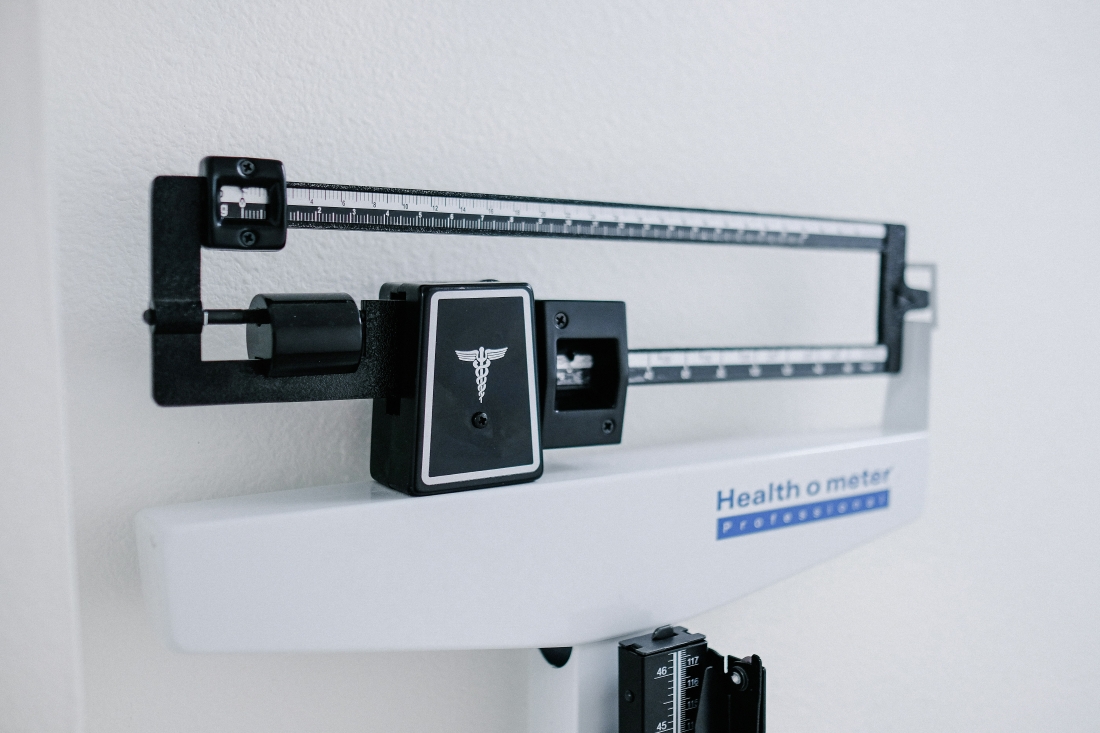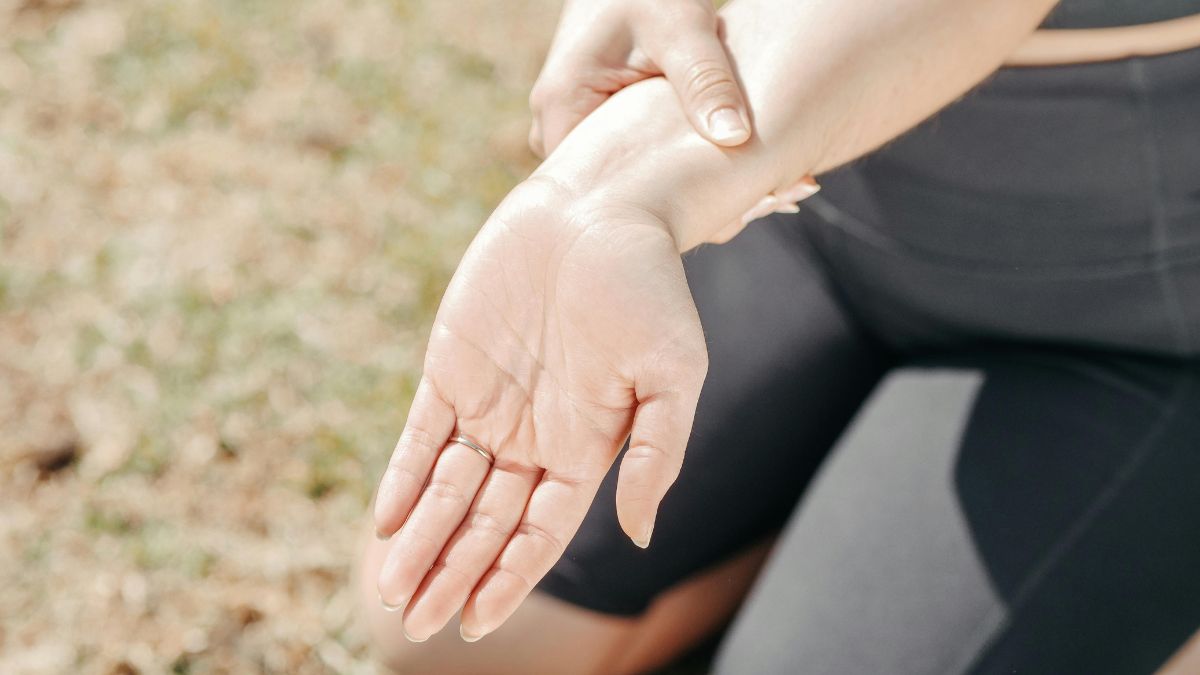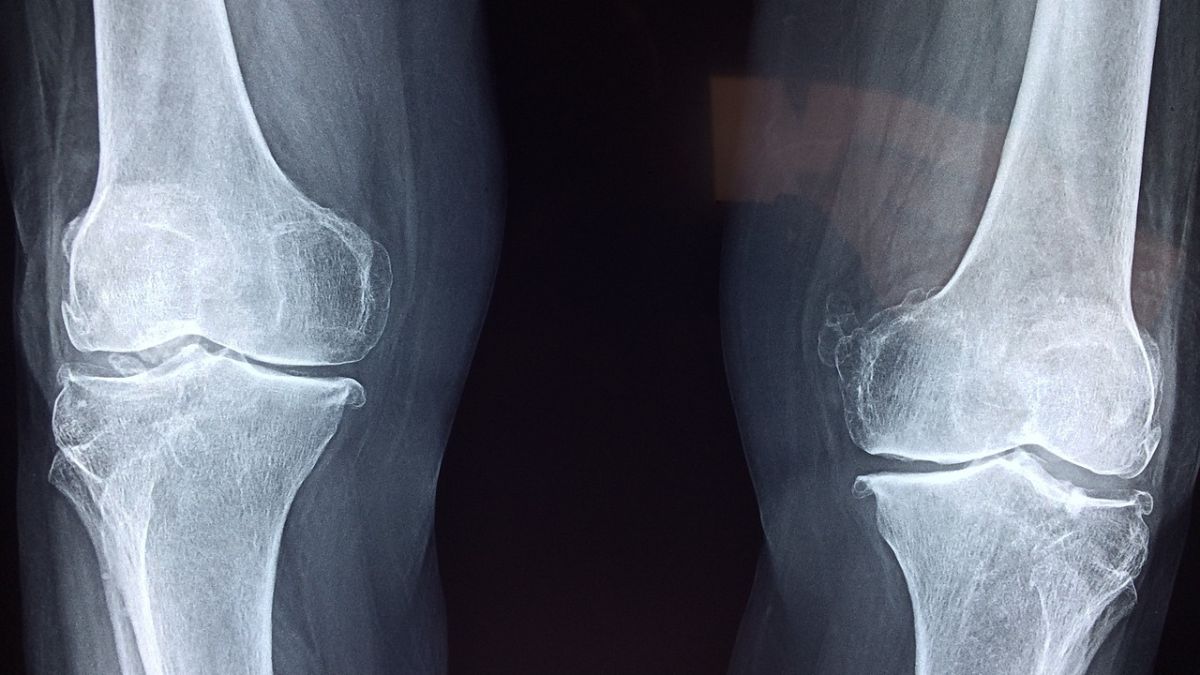Hand hygiene is crucial in preventing infections and maintaining overall health. While washing hands with soap and water is ideal, hand antiseptics offer a convenient alternative when this is not possible. Understanding when and how to use them ensures better protection against harmful germs.
What Are Hand Antiseptics?
Hand antiseptics are solutions or gels designed to eliminate bacteria and viruses. These products often contain alcohol (ethanol or isopropanol) or non-alcohol-based agents (benzalkonium chloride, chlorhexidine). The Centers for Disease Control and Prevention (CDC) recommends using hand sanitizers with at least 60% alcohol for optimal effectiveness.
When Should They Be Used?
1. When Soap and Water Are Unavailable
Hand antiseptics are essential when traditional handwashing is impractical, such as during:
- Traveling (public transport, airports, road trips)
- Outdoor activities (camping, hiking, picnics)
- Emergencies (natural disasters, medical aid scenarios)
2. Before and After Touching High-Contact Surfaces
Public surfaces harbor germs. Use hand antiseptics before and after touching:
- Elevator buttons
- ATM keypads
- Shopping cart handles
- Door handles and railings
3. Before and After Eating or Handling Food
Even if hands appear clean, microbes linger. Apply antiseptics:
- Before eating, especially in public spaces
- After handling raw meat or unwashed vegetables
- Before feeding infants or elderly individuals
4. After Coughing, Sneezing, or Blowing Your Nose
Respiratory droplets spread infectious diseases like flu and COVID-19. Use antiseptics after:
- Sneezing into hands
- Coughing without covering your mouth
- Blowing your nose
5. After Handling Money or Mobile Devices
Studies show that money and smartphones carry germs. Sanitizing hands after handling these items helps prevent transmission.
6. After Contact with Sick Individuals
When caring for an ill person, apply hand antiseptics after:
- Touching their skin or belongings
- Handling used tissues or medical equipment
7. After Touching Pets or Animal Waste
Use antiseptics after:
- Petting animals
- Cleaning litter boxes or cages
- Handling pet food and treats
8. In Healthcare Settings
Medical professionals use hand antiseptics between patient interactions. Visitors should also sanitize hands frequently in medical settings.
9. In Childcare or Educational Environments
Children spread germs easily. Use hand antiseptics:
- After handling shared toys
- Before and after diaper changes
- After using classroom supplies
10. Before and After Wound Care
To prevent infections, apply hand antiseptics before and after dressing wounds.
How to Use Hand Antiseptics Effectively
- Apply a generous amount to your palm.
- Rub hands together, covering all surfaces.
- Continue rubbing for at least 20 seconds until dry.
- Do not wipe or rinse hands immediately.
Are Hand Antiseptics a Substitute for Soap and Water?
No. While antiseptics kill many germs, they do not remove dirt, grease, or all pathogens. Washing hands with soap and water remains the best option when available.
Risks and Limitations
Although beneficial, overuse or improper use may lead to:
- Skin irritation or dryness due to alcohol content
- Reduced effectiveness against some germs
- Accidental ingestion risks (especially for children)
FAQs
1. Can I use hamd antiseptics instead of washing hands?
No. Antiseptics do not remove dirt or grease and may not kill all germs. Soap and water are preferable.
2. How much hand sanitizer should I use?
Use enough sanitizer to cover all hand surfaces and rub for at least 20 seconds.
3. Do all hand antiseptics work the same way?
No. Alcohol-based antiseptics (60% alcohol or more) are more effective than non-alcohol-based alternatives.
4. Can frequent use of antiseptics cause antibiotic resistance?
No. Hand sanitizers kill germs on contact and do not contribute to antibiotic resistance.
5. Are hand antiseptics safe for children?
Yes, but they should be used under adult supervision to prevent accidental ingestion.
6. How long does hand sanitizer remain effective after application?
Its effectiveness lasts until you touch another contaminated surface, so reapply as needed.





